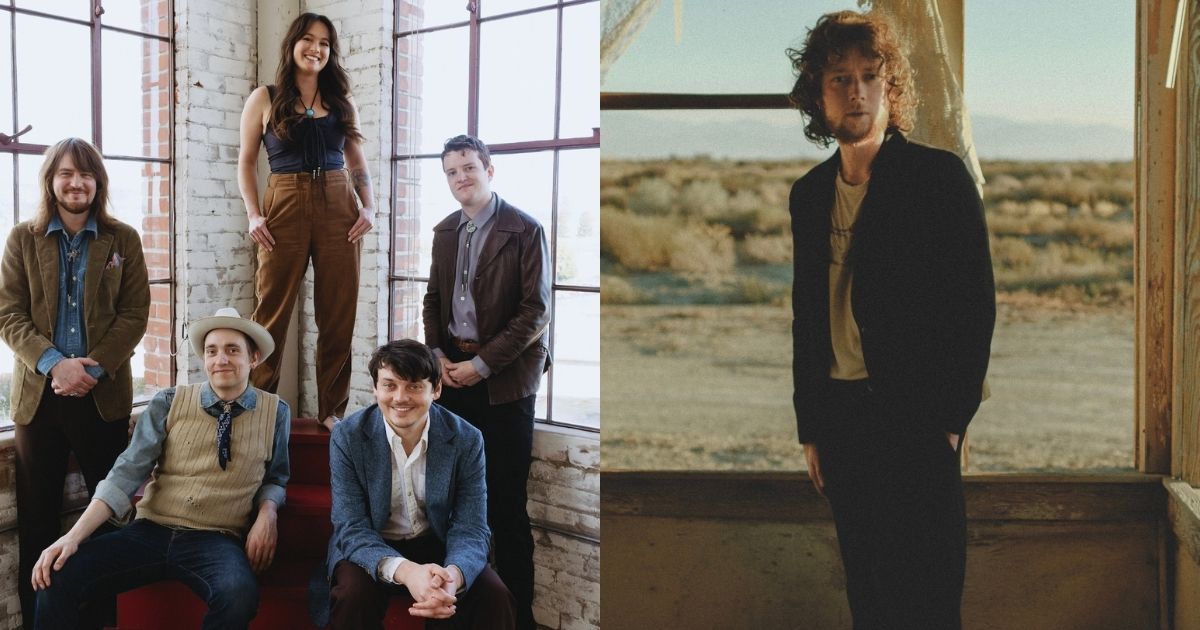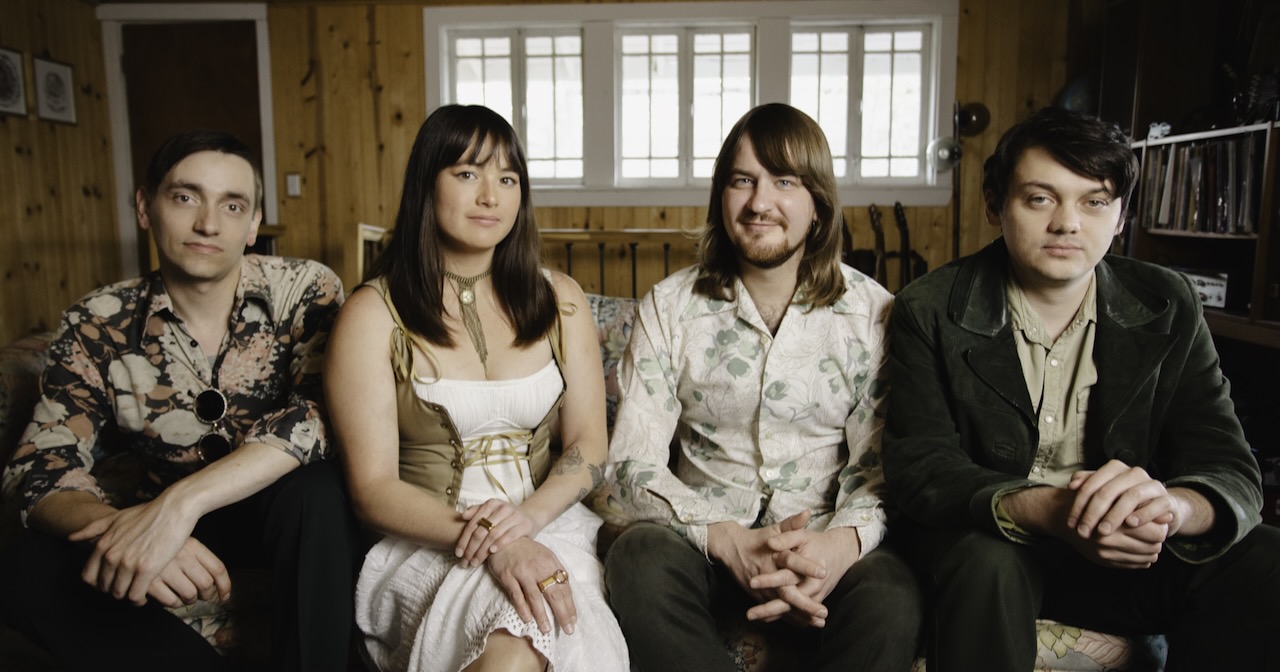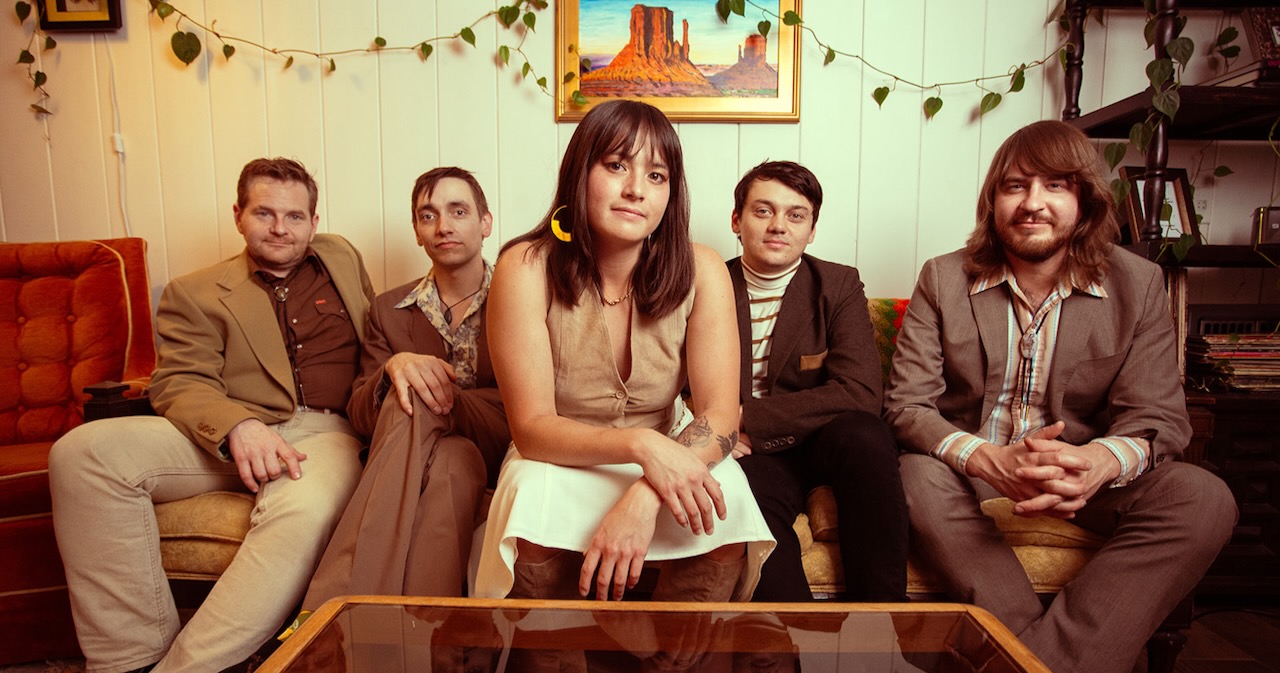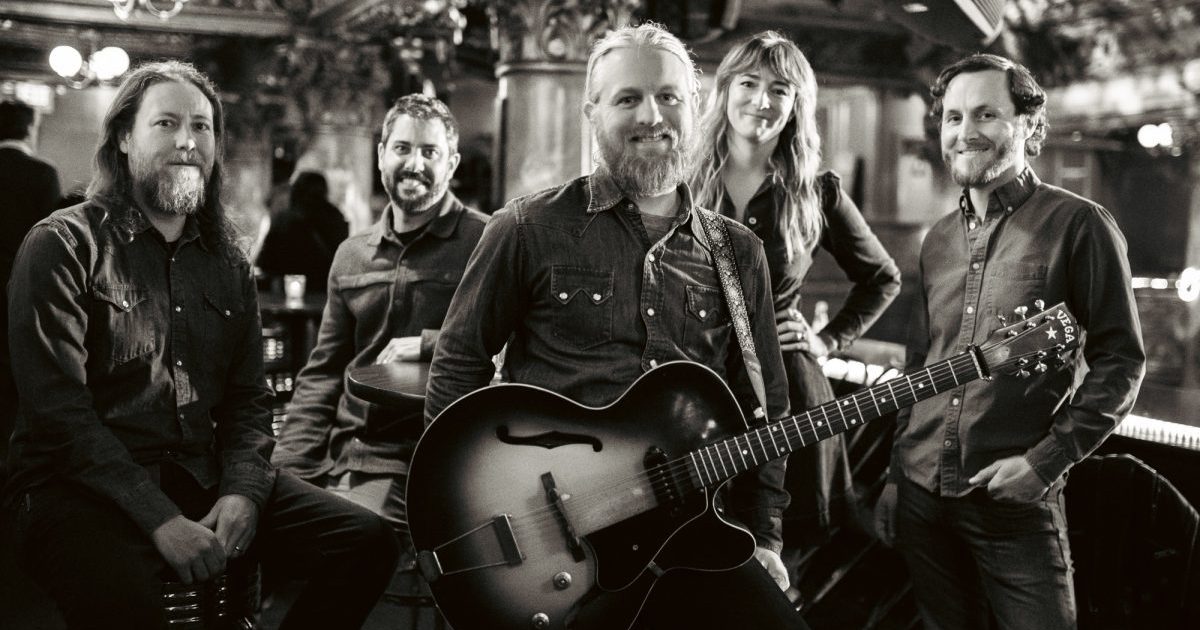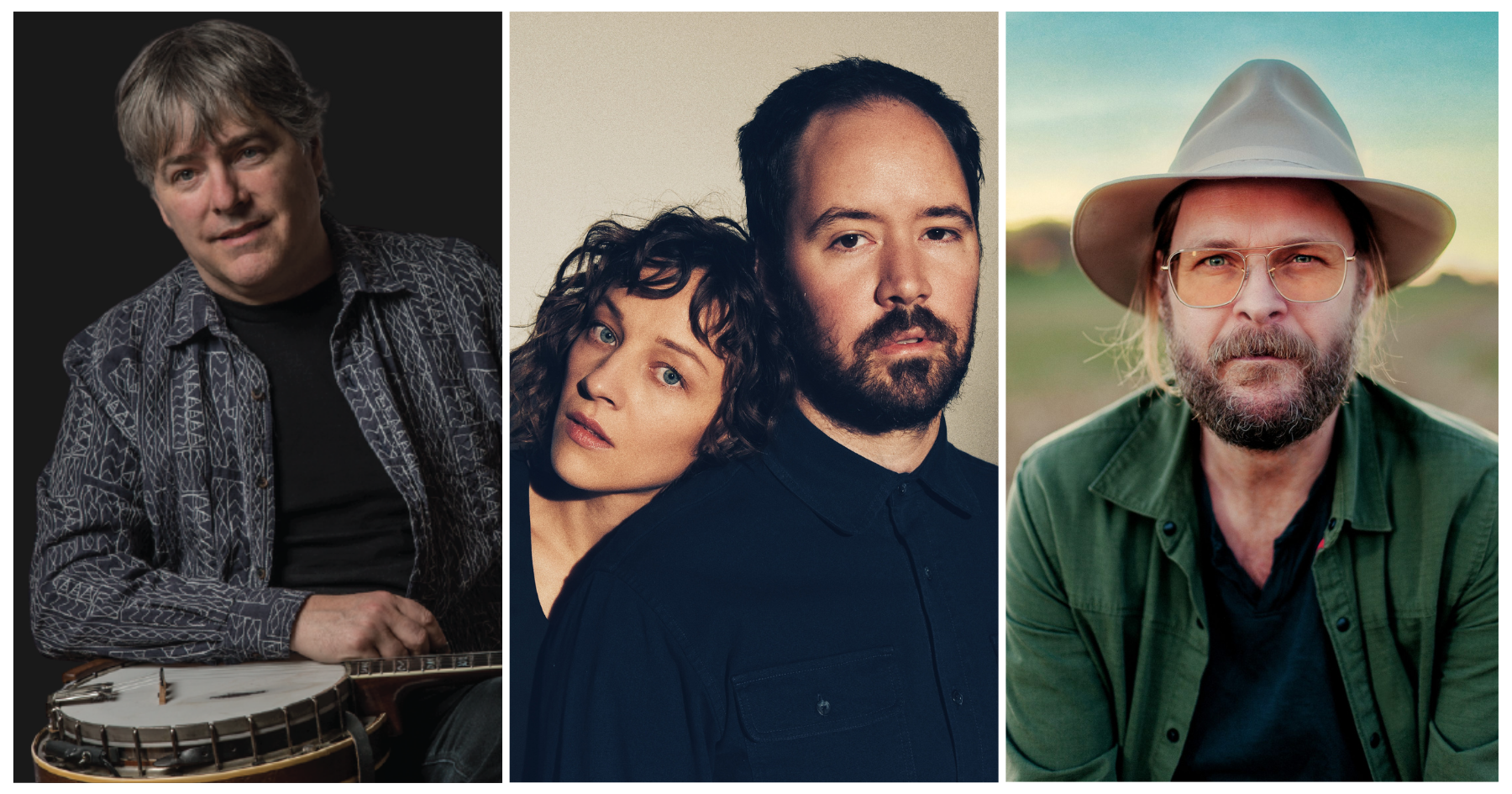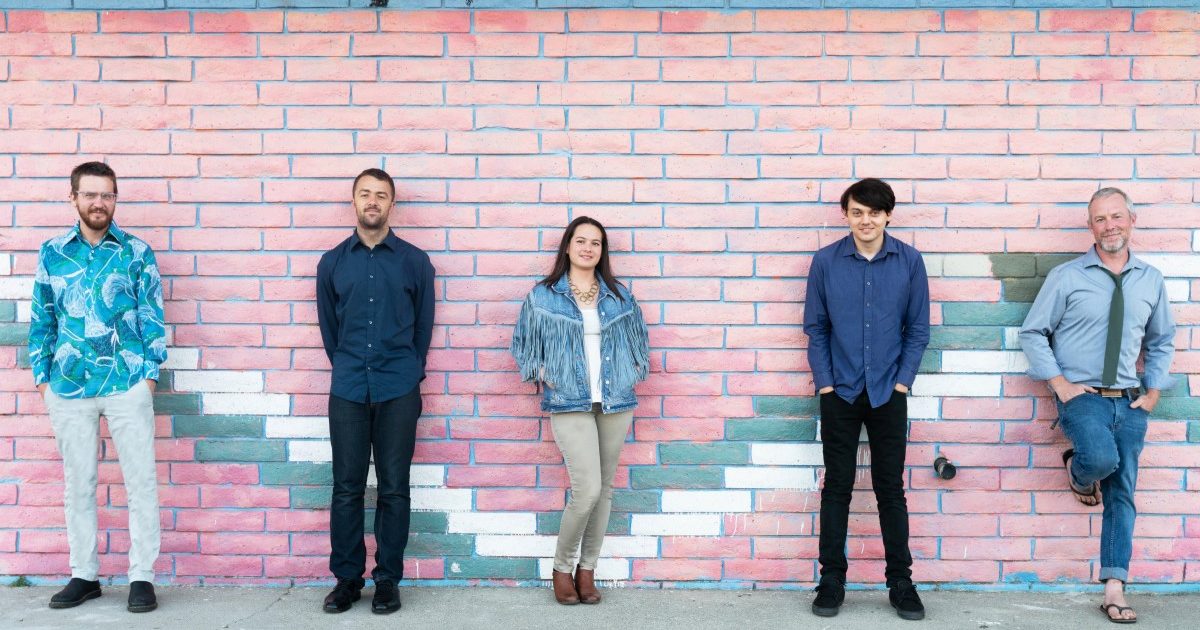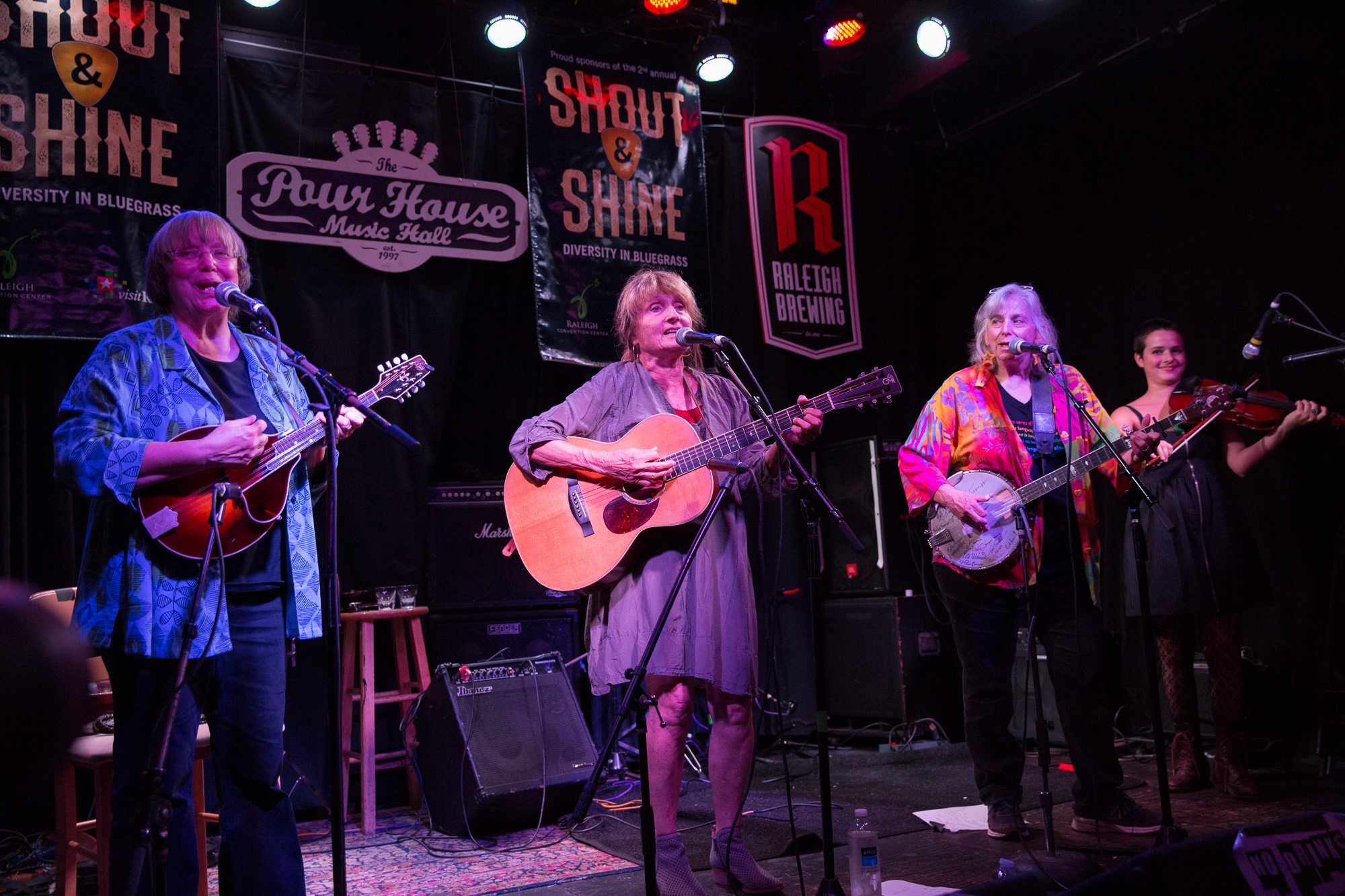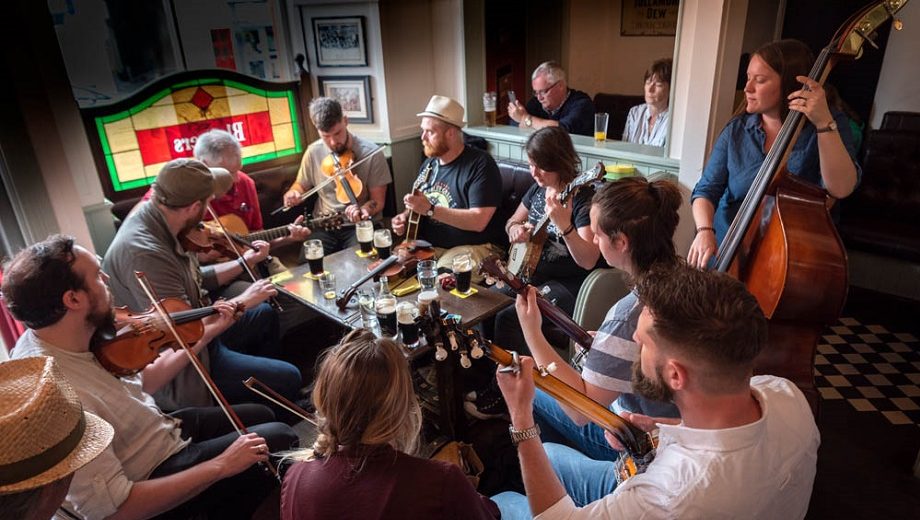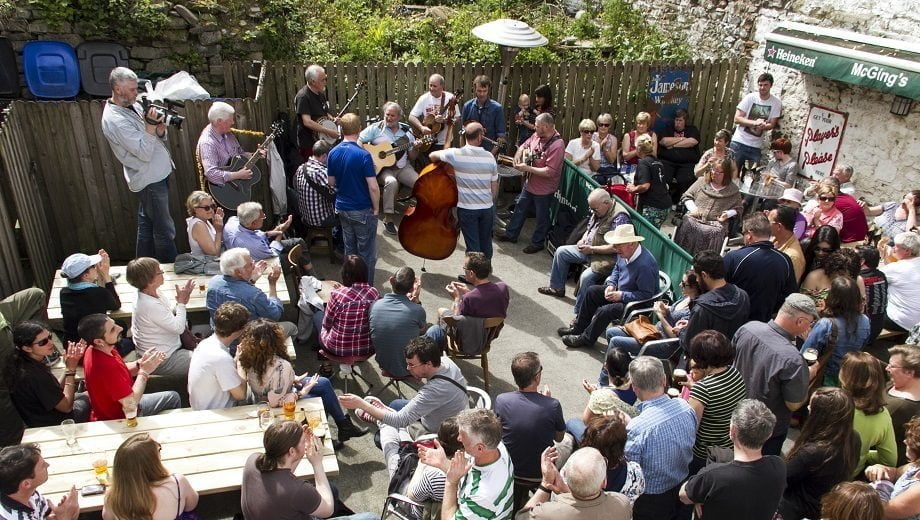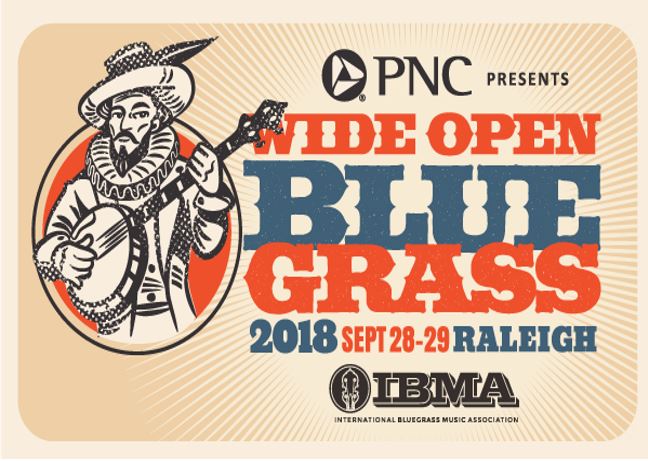Our second round-up of new music and premieres for the month of May is here already!
Starting us off, California bluegrass outfit AJ Lee & Blue Summit have dropped a new track, their excellent cover of a Gillian Welch classic, “Tear My Stillhouse Down,” with Lindsay Lou joining in on harmonies. Kyle Ray takes us to the beautiful, contemplative riverbanks in Kentucky with an early listen to his ripping bluegrass-y track, “River Song,” which will arrive right in time for wading season.
For a bit of old-time, the Lonesome Ace Stringband have a delightfully quirky tune, “Carpet Beetle,” with a funky visualizer video to match. Danceable, poppy, and soulful, it’s old-time that’s modern and timeless, both. Plus, you can catch a music video for “Hikikomori,” a song about emotions and isolation from country/neo-folk phenomenon Jack Van Cleaf’s new album, JVC, which is out today.
It’s all right here on BGS! You know what you gotta do? You Gotta Hear This.
AJ Lee & Blue Summit, “Tear My Stillhouse Down”
Artist: AJ Lee & Blue Summit
Hometown: Santa Cruz, California
Song: “Tear My Stillhouse Down”
Release Date: May 9, 2025
Label: Signature Sounds
In Their Words: “My mom showed this song to me when I was really young and I’ve loved it ever since. I’m a lifelong fan of Gillian Welch and this has always been one of my favorite songs of hers. We’ve covered this song for years in the band and have found that audiences from coast to coast love it when we play it live. It’s a popular jam song in the campgrounds at our favorite festivals. I think of this song as Appalachian rock and roll!” – AJ Lee
“Gillian adds to the best of authentic stories from history with this song. Country music, traditional American music, bluegrass, folk – it all pulls from and sings about every real aspect of life. Death, addiction, love, poverty, fun, murder. This song is about falling prey to a cycle of creation, consumption, and distribution of a potent poison that you know only really has one way of ending. Popcorn Sutton would love this one, without a doubt.” – Scott Gates
Track Credits:
AJ Lee – Mandolin, vocals
Lindsay Lou – vocals
Scott Gates – Guitar, vocals
Jan Purat – Fiddle, vocals
Sully Tuttle – Guitar, vocals
Sean Newman – Bass, vocals
The Lonesome Ace Stringband, “Carpet Beetle”
Artist: The Lonesome Ace Stringband
Hometown: Toronto, Ontario, Canada
Song: “Carpet Beetle”
Release Date: May 9, 2025
In Their Words: “John and I wrote this tune last year. I showed up with a two-part tune that was sort of like the A/B of ‘Carpet Beetle,’ but was way more note-y and pretty. Once we started playing it, it felt too ‘precious,’ at least for the mood we were in that day. We deconstructed the melody significantly, removing about half the notes in the A part, and added a bit of ugly drama. We did the same with the B part, but left the ‘prettiness’ of the melody intact. Then, we came up with a really evil chord progression for the C part. Soon, we were in paradise. Someone told us that the A part makes you feel icky, the B part makes you want to dance, and the C part makes you want to break things – I tried to reflect that in the video. We were thrilled to have Alan Mackie (bass) on this session and you can see real footage of us all recording the track live in the studio at the end of the video. The title comes from a household pest that John and I were both struggling with at the time of the composition, but that we now have under control.” – Chris Coole
Track Credits:
Chris Coole – Banjo
John Showman – Fiddle
Alan Mackie – Bass
Video Credit: Editing by Chris Coole
Kyle Ray, “River Song”
Artist: Kyle Ray
Hometown: Barren County, Kentucky
Song: “River Song”
Release Date: May 16, 2025
In Their Words: “‘River Song’ came to me in a quiet moment of reflection – looking back on my life, looking ahead, and doing my best to find peace in the present. Anyone who grew up in the South knows there’s always that one place you go to think. For me, it was the river. I tried to capture those thoughts and emotions in this song – what it felt like to sit by the water, surrounded by silence, and make peace with everything in my life. Just me, that river, and the Lord.” – Kyle Ray
Track Credits:
Kyle Ray – Lead vocals, songwriter
Alan Hester – Background vocals, producer
Malcolm Lyon – Banjo
Simon Holden-Schrock – Mandolin
Jack Van Cleaf, “Hikikomori”
Artist: Jack Van Cleaf
Hometown: Encinitas, California
Song: “Hikikomori”
Album: JVC
Release Date: May 9, 2025
Label: Dualtone Records
In Their Words: “I first came across the word ‘Hikikomori’ on a visit to my mom’s house. She had something called ‘The Box of Emotions,’ a deck of cards featuring colorful, abstract images alongside definitions of obscure emotional states. ‘Hikikomori,’ written on a black card, described a particular kind of social isolation that felt consistent with the depressive slump I had fallen into after graduating from college, which is what a lot of the record was born out of.” – Jack Van Cleaf
Track Credits:
Jack Van Cleaf – Lead vocals, songwriter
Aaron Krak – Drums
Shaker Hunt Pennington – Bass
Ethan Fortenberry – Acoustic guitar, baritone guitars, electric guitar
Austin Burns – Electric guitar
Annika Bennett – Background vocals
Video Credit: Directed by Joey Brodnax.
Photo Credit: AJ Lee & Blue Summit by Trinity Maxon; Jack Van Cleaf by Joseph Wasilewski.
